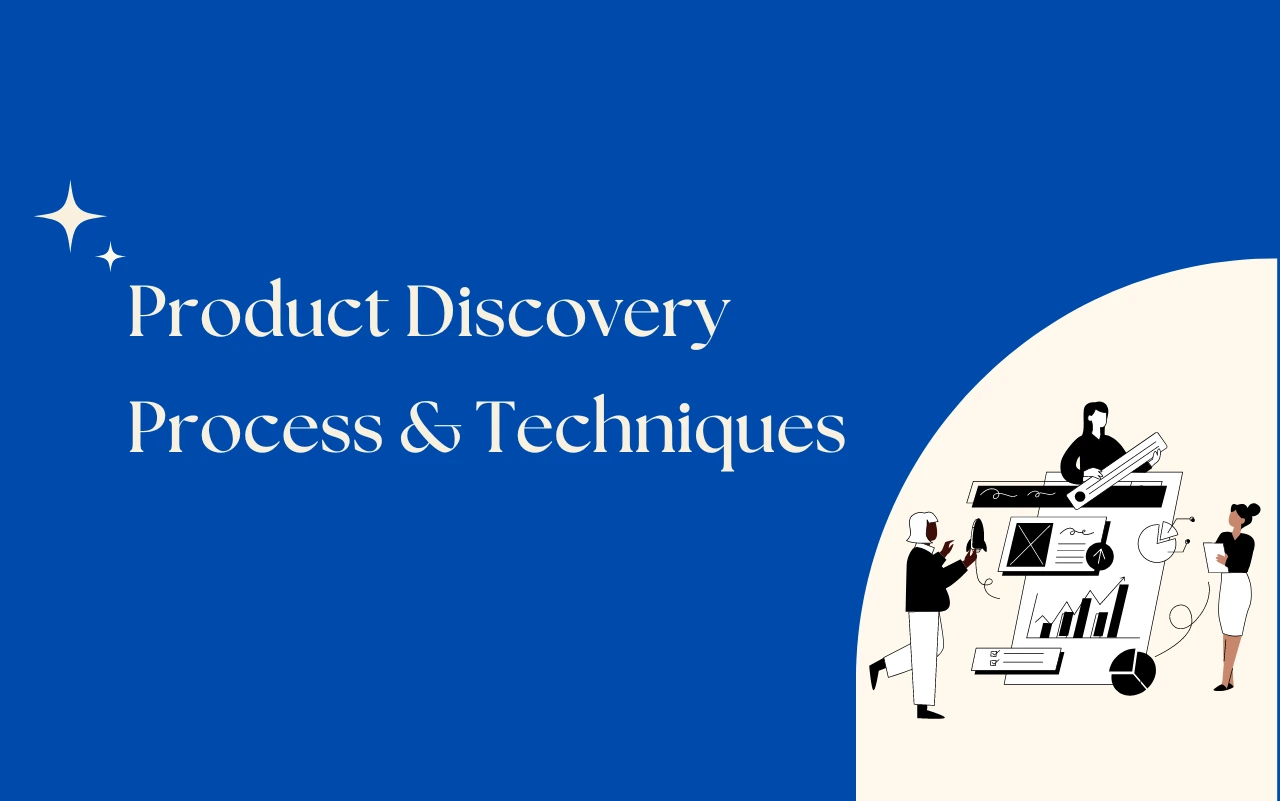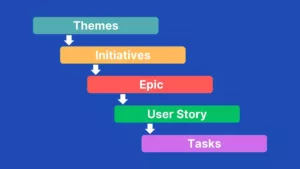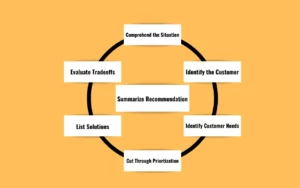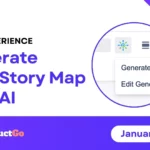Table of Contents
Most Sought-After Guide to Product Discovery Process and Techniques In 2022
Do you have a hard time developing a product from scratch? Building software or product from the beginning requires research, time, and investment. In particular, without the input of the correct product discovery process, creating the desired product is a big ask.
You may face numerous challenges while applying the product discovery process for your software development. For that reason, this article shares tips and techniques on how to do product discovery.
How To Conduct Product Discovery Process?
You can conduct the product discovery process by using a Double Diamond approach. It consists of the following steps:
Find out the underlying user need
- Learning and Understanding
- Defining and Deciding
Identify the optimal solution
- Ideate
- Prototype
- Testing
Let’s discuss each step of the product discovery framework in great detail.

Find Out the Underlying User Need
Start your product discovery by identifying massive challenges that your products can solve. While finding these challenges apply the technique of rinse and repeat. Approve and disapprove assumptions based on research regarding user needs. At this stage, you might not need to jump into specifics. Just grab the broader picture of challenges.
Certain types of challenges are:
- Open-ended Challenges – These generally initiate at the initial stage when you just have a rough sketch of everything.
- User-Oriented Challenges – These directly deal with the needs of users.
- Growth Challenges – Requires you to improvise a metric within your product, such as user retention.
- Technical Challenges – Revolves around your product performance.
The Challenge identification stage asks you to learn and define a problem that you are attempting to resolve with your product.
1. Learn & Understand
User need is the primary concern, and your product should effectively answer those needs. At this initial stage, you must research to deeply understand users’ pain points. You can do this by;
Interreacting with Users
The ideal way to identify customer needs is to ask them directly. You can interact by;
- Conducting user-focused surveys
- Interviewing the target users
Whatever method you employ, try collecting as much relevant information as possible. Before conducting a survey or interview, develop a questionnaire. This would be vital to determine customers’ interests.
Your product teams should perform both qualitative and quantitative research to get the way out for your user needs. Let the users speak, and just jot down the key points. Don’t try to put your words or assumptions in the customer’s mouth.
Competitor Analysis
Dive deep into the market and search for all the available solutions. Among these options, find gaps where your potential customers are struggling. There’s one thing to remember all your competitors have already gone through the same product discovery process. By doing reverse engineering, you can scratch out valuable information.
2. Define
Once you’ve understood your user needs, you can easily define them by taking these steps;
- Simplify the problem: Summarize the entire problem that you are attempting to resolve in one sentence. It aids you in maintaining effective communication with your teammates. If you narrate the problem haphazardly, it won’t be easy for everyone to connect with it.
- Justify the problem: Make sure that the problems you’re working on are worth giving an ear to. It must fall under your user’s pain points, and solving them will bring ease to their pain.
- Prioritize: Lastly, you must reckon which of the known problems you should confront first. Many product discovery frameworks, such as RICE and ICE methods, will help you prioritize your problem list.
Identify the Optimal Solution
After finding out your specific user problems, it’s time to reframe them into minor sections that can be easily cracked.
You have to ideate, prototype, and test probable solution ideas that you’ve discussed with your team while running the reframing stage. It has been done to recheck products and their features before they are all set to launch into the market.
1. Ideate
In this stage, you plan how to crack your users’ problems effectively. This is where you give a free hand to your team to bring innovative and creative ideas by using techniques like;
- Mind mapping: Develop relations between the different points and visually organize them around your product.
- Brainstorming: Allow your team to apply various discovery techniques and reach a conclusion creatively.
- Storyboarding: Visually organize various ideas and stories to create a sequence centered around your potential product.
Once you’ve proposed all the ideas, your team will refine their feasibility and influence before prototyping and presenting them to your consumers.
2. Prototype
Prototypes aid your teams in presenting their ideas and give life to them. At this stage, validate your idea, product, or solution before diving into the development process.
Certain types of prototypes include
- Mockups
- clickable prototypes
- Sketches
- MVPs
or even addressing similar products.
To pick a prototype, you must know what sort of products you are testing and whether they are resolving your user problems or not.
3. Testing
It’s time to test the prototypes. Decide according to your budget and resources before going into usability testing of prototypes. You can go for either of them;
- Remote Usability Testing
- Unmoderated Usability Testing
- Guerrilla Usability Testing
Now you know all the product discovery processes, let’s unveil some vital techniques to make the product discovery process a success.
Best Product Discovery Techniques of 2022
Launching the right product into the market is the key to boosting your users and business. Although, multiple factors, such as an innovative idea, supporting resources, and investors, play a massive role in creating a successful product.
Using product discovery techniques is the best way to get your product right. To understand some of the top-reviewed product discovery techniques, head down below:
1. Impact Mapping
Impact Mapping is a highly valuable technique for your product team as it lets you get a sense of all the data you’ve gathered over time. The latter helps you to form trade-offs.
Also, this technique offers you to organize your team by examining the research evidence, strategic counsel, experiment outcomes, and ideation results to make data-informed decisions. This technique allows you to make tactical judgments while giving all the possible metrics of how your solution brings ease to your users’ problems.
2. The Idea Validation Grid
The Idea Validation Grid helps to create your product different from other frameworks. Instead of relying on the experimentation outcomes, its emphasis lies on the concept you bring to the table and the value attached to it.
However, the grid contains five key elements:
The grid has five key ingredients:
- A one-line description of your idea
- Decision-making methods, such as the ICE score
- Suppositions following each idea
- Results and behavior projected from every idea
- Experiment to justify your suppositions
Due to its design, the grid aids the Product Team in bringing data-based resources into their ideas.
3. Design Thinking
Design Thing boosts you to create user-centric products by getting data about your users’ problems and making novice ideas to resolve them.
It highlights what is attractive from a humanistic viewpoint, financially accessible, and technically possible. That’s why design thinking is an amazing technique to bring innovative plans for product discovery.
The Bottom Line
To create a great product, you’ve understood your audience’s needs first before putting any idea to the table. By correctly applying the product discovery process, you’ll be able to bring quality to your product that will give profit to your users, product owners, investors, and overall business. However, finding a feasible product management tool isn’t an easy task.
So, if you’re looking for a Product management tool that will offer you a personalized product discovery process with a Story map, download Agile User Story Maps, Roadmaps & Persona Journey for Jira.
Just enjoy the free trial without spending a dime!












